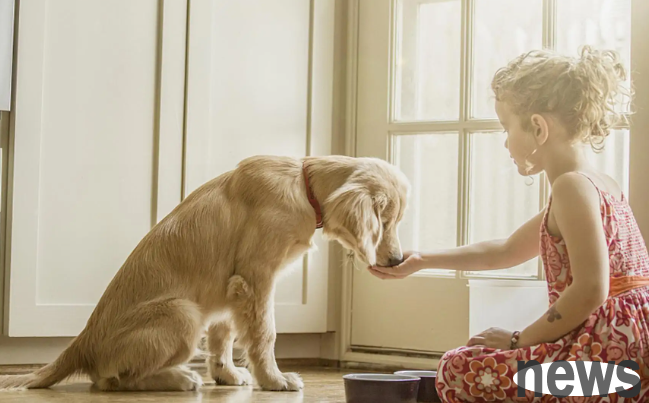Dogs are like us humans. When they get older, their bodies will begin to have some problems. For example, half of the dogs over the age of ten will get "cancer" of varying degrees. This time I want to share with you the top ten signs of ca...
Dogs are like us humans. When they get older, their bodies will begin to have some problems. For example, half of the dogs over the age of ten will get "cancer" of varying degrees. This time I want to share with you the top ten signs of cancer in dogs. Please pay attention to them!

1. If an elderly dog has symptoms of dry cough, he should give him an X-ray on his chest. This is the most common sign of lung cancer, but there are many reasons for dogs to cough.
How to judge whether a dog is full
2. Weight loss
If you are not dieting for the dog and his weight is getting lighter, then it should be taken for a checkup. Although weight loss does not necessarily mean cancer, many dogs have weight lighter after getting cancer, so some problems can be seen.
3. Oral odor
Dogs will also have tumors in their mouths and become partial to eating (for example, they used to like hard food, but now they like soft food), and their chewing methods will also change. Dogs with oral tumors usually have a foul mouth. Give the dog some sedatives and use X-ray and computed tomography to give a thorough examination of the oral cavity, which is very necessary to find out the cause.
4. Lameness
Especially for large dogs, unexplained lameness is a common sign of bone cancer. Hurry up and take an X-ray or CT scan in the affected area and check whether the dog has bone cancer.
5. Urinary force or hematuria
Urinary force or hematuria is usually a urinary tract infection. If the symptoms do not improve quickly after taking antibiotics, or they recur, they may have bladder cancer. At this time, the veterinarian needs to have a cystoscopy to get accurate results.
6. Abdominal bloating
If the dog's belly suddenly becomes larger, it may mean that there is a lump or tumor in the abdomen, or it may be that there is bleeding in this area. At this time, taking an X-ray or doing an ultrasound on the abdomen will help analyze the condition.

7. If there is no cause vomiting or diarrhea, the dog should be taken for further examination. Gastrointestinal tumors often cause long-term vomiting and diarrhea. X-rays, ultrasound and endoscopy are good diagnostic tools.
8. Unexplained bleeding
If it is not bleeding due to trauma, but bleeding from the mouth, nose, gums or excrement, the dog should be taken for examination. It is normal for a puppy to have a hemorrhagic disease, but if a big dog suffers from this disease, it must be thoroughly examined.
9. Lymph nodes are swollen
Lymph nodes are spread throughout the body. The best way is to check the bottom of the chin and the back of the knee. If it gets bigger, it may be caused by lymphoma, a common cancer. A biopsy of the swollen lymph nodes is easy to get a diagnosis.
10. The lump becomes larger or changes
If the lump on the dog suddenly becomes larger, or the lines and shapes change, hurry up and take the dog to do a detailed examination!